
$84.99
![]() >
Blogs
>
THCa Flower >
How to Grow THCA Flower
>
Blogs
>
THCa Flower >
How to Grow THCA Flower
THE STATEMENTS ON THIS BLOG ARE NOT INTENDED TO DIAGNOSE, TREAT, CURE, OR PREVENT ANY DISEASE. THE FOOD AND DRUG ADMINISTRATION HAS NOT EVALUATED ANY STATEMENTS CONTAINED WITHIN THE BLOG. ATLRX DOES NOT IN ANY WAY GUARANTEE OR WARRANT THE ACCURACY, COMPLETENESS, OR USEFULNESS OF ANY MESSAGE. THE INFORMATION CONTAINED WITHIN THIS BLOG IS FOR GENERAL INFORMATIONAL PURPOSES ONLY.
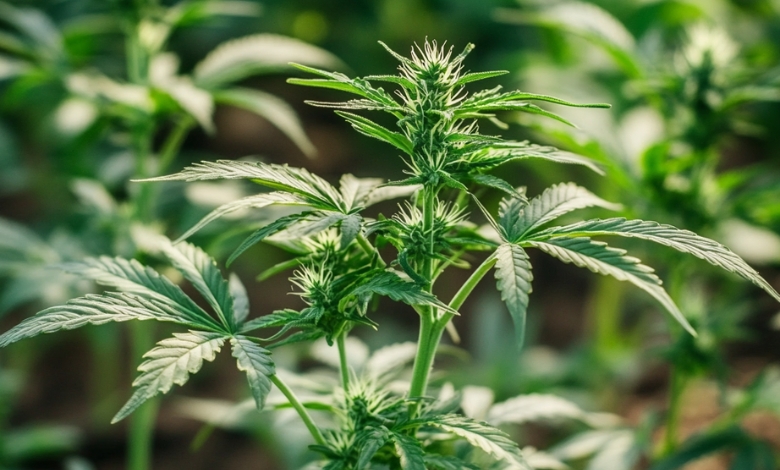
Want to know how to grow THCA flower at home and make buds that POP with quality? You’re in the right place! Under the expert guidance of the pros at ATLRx, you’ll learn how to grow this beautiful plant with eco-friendly techniques. A hands-on approach that will be fun! Check your local laws first, as this is a guide to states that allow home growing! Want to have fun while also being in control of your very own stash? Growing THCA flower gives you total control!
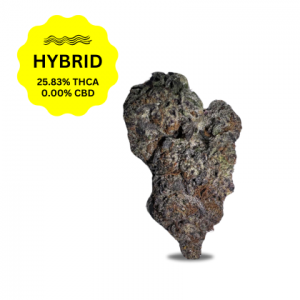
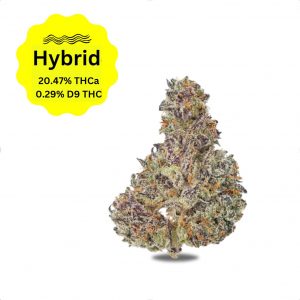
Table of contents:
THCA flower and THC flower are basically siblings, but there are some key differences. The plant makes THCA naturally, while THC comes after heat is applied (burning or vaping, for example). If you’re interested in maximizing the plant’s raw acid form, THCA flower might be your cannabis of choice (perfect for a THCA-rich product). Although both flowers are cultivated with care, THCA cultivators fine-tune their process to keep the plant’s THCA levels as high as possible before anything is heated; good prep is important!
The first rule in growing THCA flowers is to start with high-THCA genetics. This is the moment you pick your champion—like choosing your starter Pokémon for your growing adventure. Shop for seeds known for high THCA production. Use seeds that are healthy, firm, and bred by well-known sources. Choosing good genetics now helps steer clear of troubles later and ensures a better harvest.
Both indoor and outdoor options have loyal fan bases:
In order to produce the highest yields of high-THCA flower, selection of the method should be made depending on your climate, budget, and labour input. Pay attention whether you use any one method. This helps you detect environmental disruptions quickly.
Lighting is a game-changer! Indoor growers need efficient LED lights that deliver the right spectrum. The ideal light cycle during the vegetative stage would be 18–24 hours of light per day. Move to 12 hours each for the flowering stage. Outdoor plants love pure sunshine, but they also require protection from excess heat or shade. Only by matching the lighting with each plant’s stage will produce dense, sparkly buds.
Keep conditions steady:
Mold and degraded trichomes can result from big swings in humidity. Make things stable for best results. Be on the lookout for drafts and always use your humidity meters to check your conditions; a little vigilance can go a long way.
Having a good soil foundation gives your plants the power they need. Apply N-P-K in the right ratios and at the right phases with balanced fertilizers! Using organic nutrients can help develop stronger aromas, but whatever you use, stick to it and feed regularly. To get the best possible harvest of flowers from your plants, use Good Nutrition to keep your plants healthy.
Bending and securing stems so they are not too windy will help leaves and flowers receive sunlight, maximising yields and THCA potential. This tactic also allows for consistent growth and prevents wild, uneven canopies. Keep your plants happy with training, and it will make inspecting them easier!
Removing yellow leaves or excess growth allows your plant to focus its energy on flower development. This makes it easier to spot pest issues and enhances air circulation. A little tidying up goes a long way—your plants will thank you with chunkier, healthier buds.
The magic is in the trichomes! Your buds have these little crystals that will tell you when the time is right. Use a magnifying glass: milky for peak THCA, amber for later stages. Checking trichomes is like your plant’s version of a progress bar to optimal harvest time.
Be patient! It is important to dry for 1–2 weeks in the dark or a cool place and cure for up to 8 weeks. Using slow curing helps to maintain the aroma and quality of THCA and results in a smoother and richer flower. Giving your harvest a proper dry and cure protects all your hard work and boosts the final quality.
Pick seeds bred specifically for high THCA content. Check for reliability and healthy genetics. Choosing the right seed to sow can make the process much easier right from the day of sowing.
Seedlings need 18–24 hours of light, adequate humidity, and nitrogen-rich nutrients. This is where your plant “bulks up” with leaf and branch growth. Regularly check for pests or deficiencies so issues don’t sneak up on you.
Shift to 12 hours of light/12 hours dark to trigger flowering. Keep humidity at 40–50%. Flowers will start forming plentiful trichomes—watch them closely! Flowering is when your efforts pay off, so keeping a close watch here is key.
Monitor trichomes for peak milky appearance—they signal top THCA potency. Too early means less THCA, and too late can degrade your prize. Timing really is everything if you want the best from your plants.
Hang buds in a cool, dark place with good airflow for 1–2 weeks (drying), then cure them in sealed jars, “burping” the jars daily to release moisture. This gradual process boosts smoothness and locks in the high-THCA content. Never rush this step—slower curing keeps flavors and compounds intact.
Store cured buds in airtight jars away from heat, light, and moisture. This preserves THCA and flavor for several months or more. A cool, dark cupboard is a grower’s best friend for long-term storage.
Yes, you can grow THCA flower in some states, but only if you comply with local and federal regulations. Federally, you’re good if it’s hemp (under 0.3% delta-9 THC). State laws can be stricter, so check before planting your first seed. If you’re in a state that doesn’t allow home growing, even for hemp, growing THCA flower isn’t allowed. Always double-check current regulations—it’s better to be safe than sorry.
THCA flower legality is a patchwork. Many states follow federal hemp law and allow growing, while others restrict all cannabis or hemp flower. Here are some examples for 2025 (always confirm before you grow):
| State | Legal to Grow THCA Flower? |
| California | Yes, under state cannabis laws. |
| Florida | Yes, permitted without extra rules. |
| Georgia | Yes, allowed. |
| Colorado | No, THCA flower is prohibited. |
| Kentucky | Yes, allowed. |
| Texas | Yes, but the regulation is unclear. |
| New York | No, prohibited. |
| Oregon | No, prohibited. |
The full guide and updated info can be found on the state government or trusted industry sites. Always confirm your state’s most current status before starting your grow project. You don’t want to be caught off guard by changing rules or enforcement priorities.
Growing THCA flower at home combines patience, care, and the right knowledge. If you’d rather enjoy quality THCA flowers without all the hands-on work, you can buy them online from trusted brands like us! ATLRx is committed to providing only the highest-quality, lab-tested THCA flower—so you get reliable results with every order.
At ATLRx, we source only top-shelf, high-THCA strains and back them up with transparent Certificates of Analysis (COAs), checking for purity, potency, and compliance. Each batch is independently tested for cannabinoid content, contaminants, and overall quality, so you can buy with total confidence. You deserve a premium THCA experience, and you’ll always find it in our THCA Products collection.
Do you have more questions related to “How to Grow THCA Flower”? Here are a few THCA Flower-related articles:
If you wish to gain more knowledge, then visit the blog section or call us at 1-855-420-8278 to get the doubts clarified. Our knowledgeable customer support team at ATLRx is happy to help!

December 15, 2025

December 11, 2025
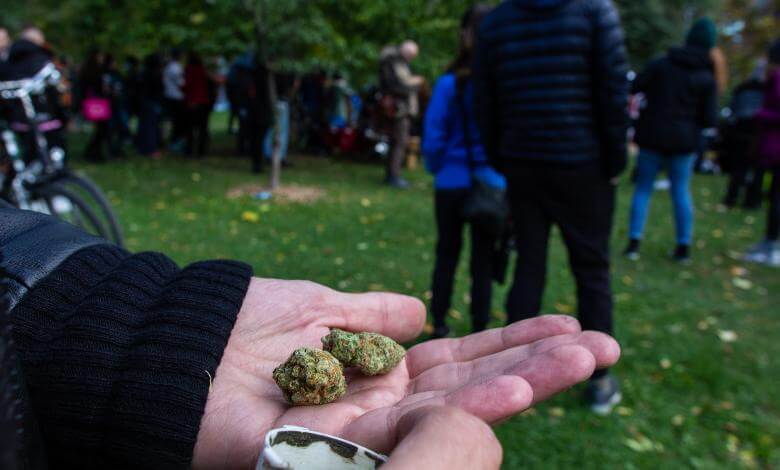
December 8, 2025

November 27, 2025

November 24, 2025
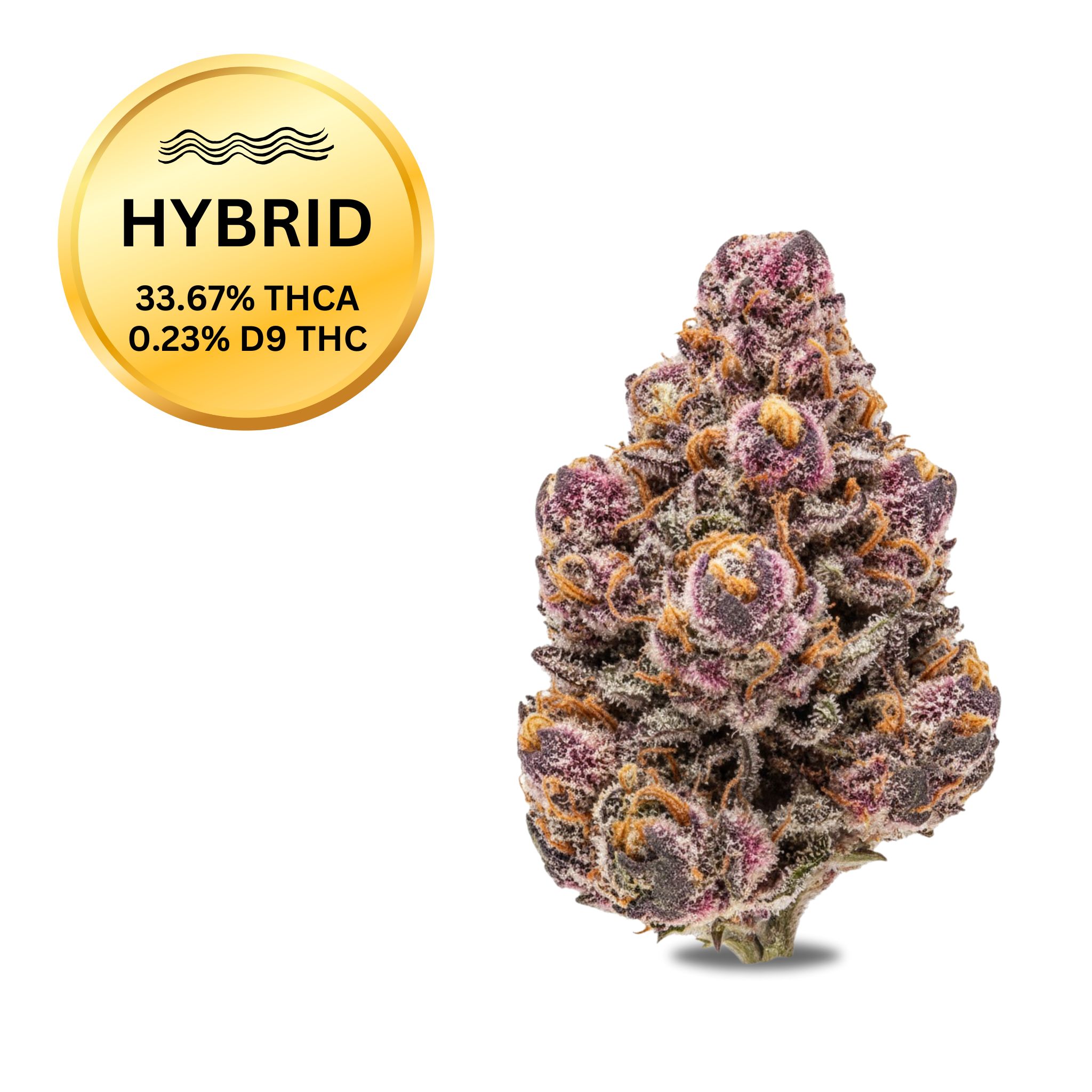
$89.99
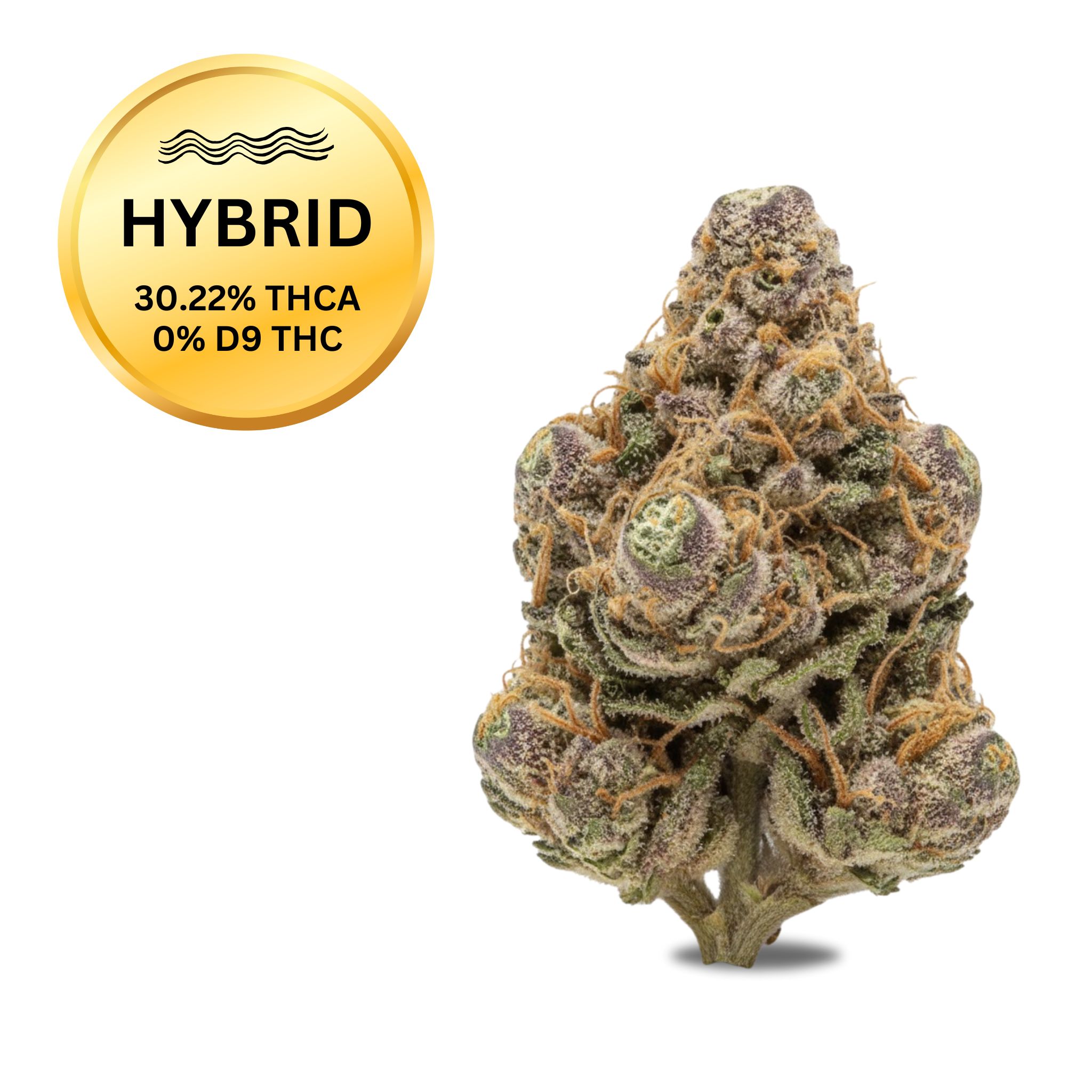
$89.99

$89.99
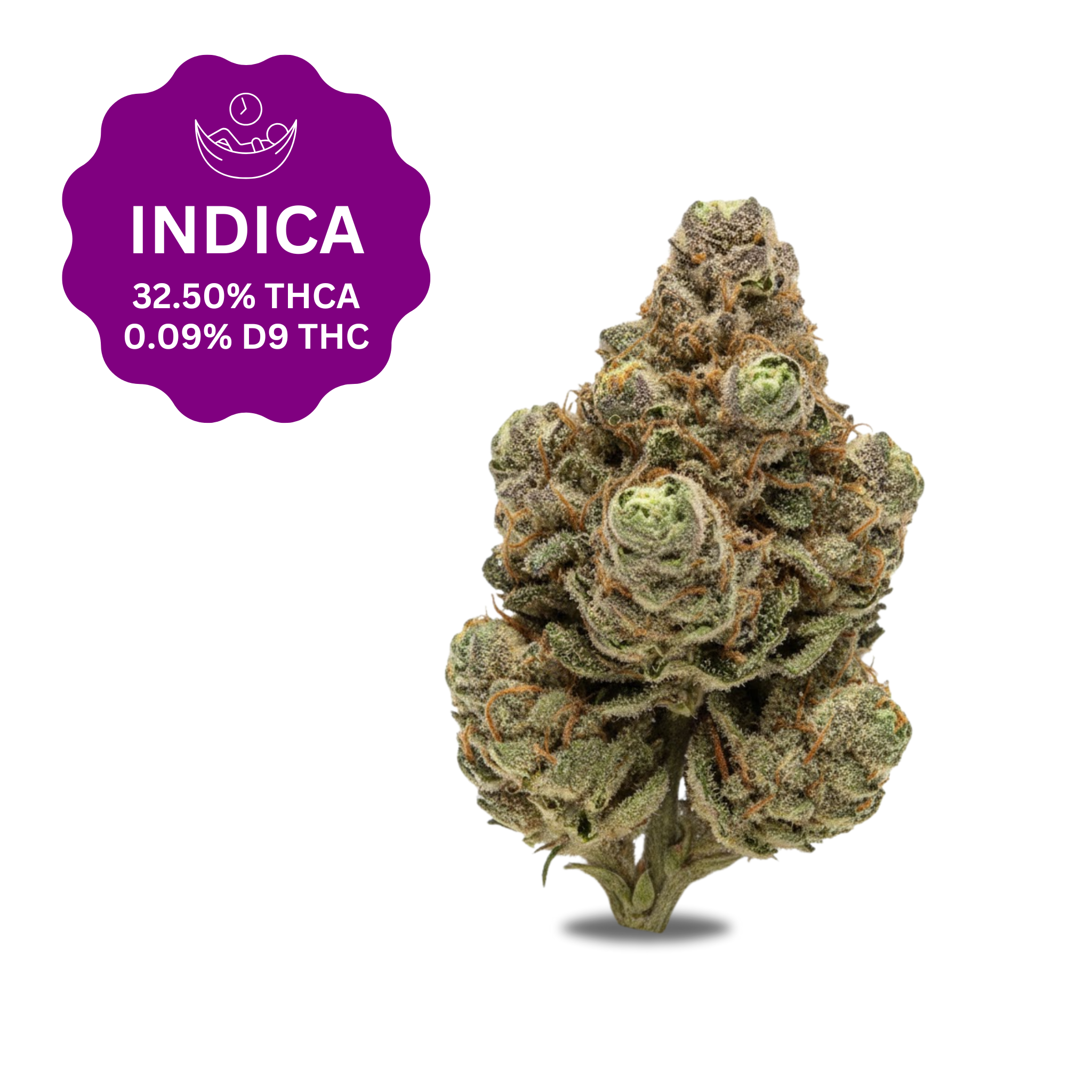
$39.99
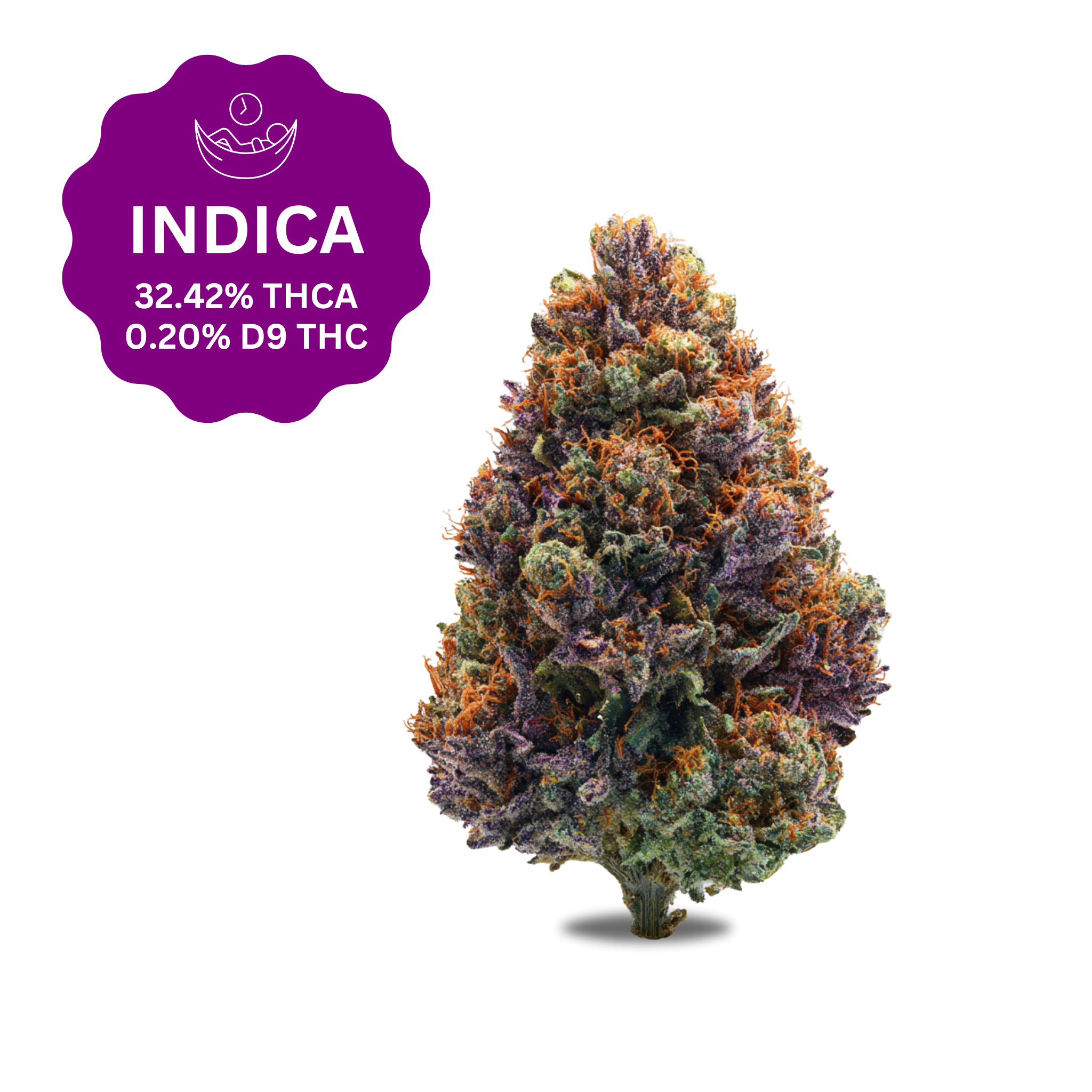
$34.99
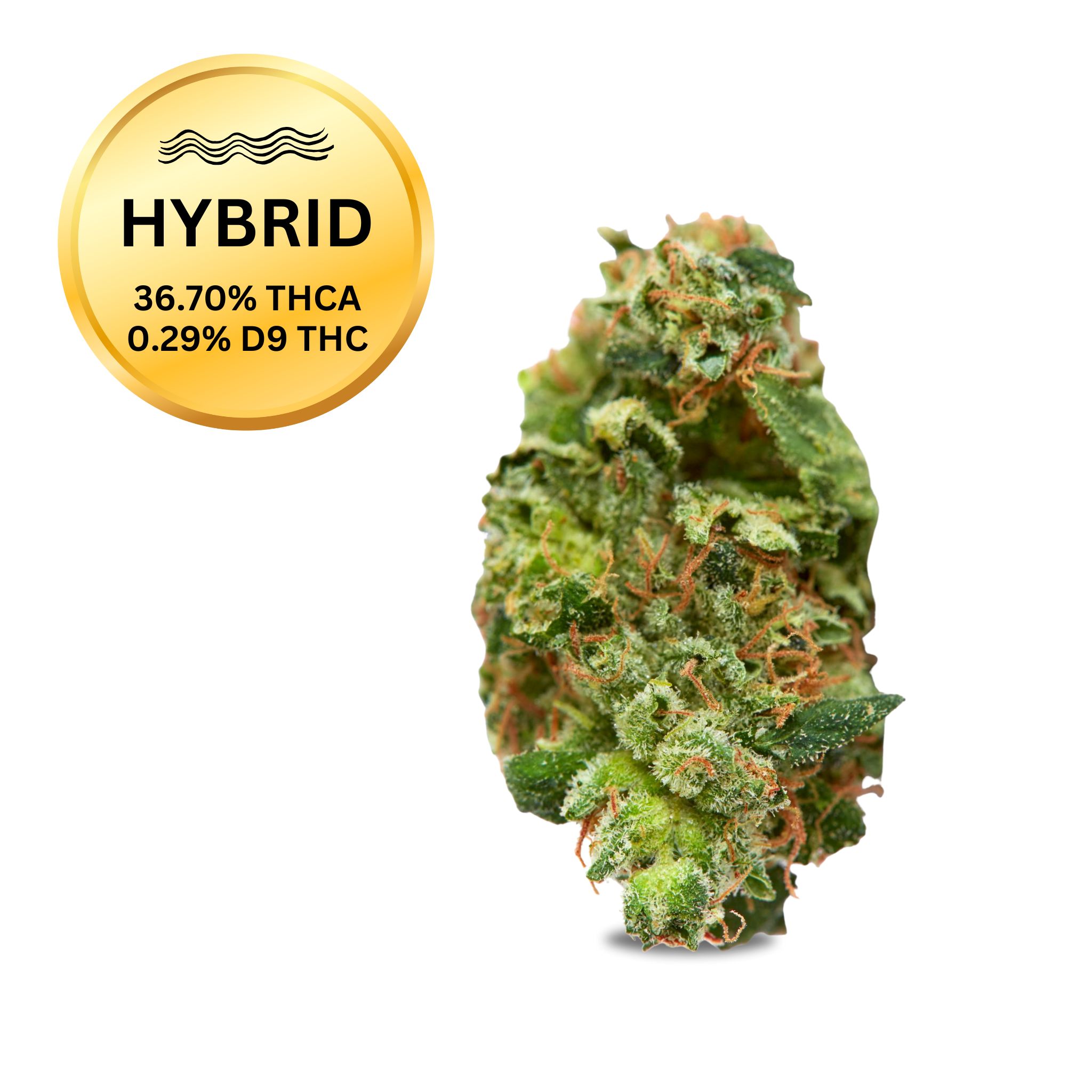
$49.99
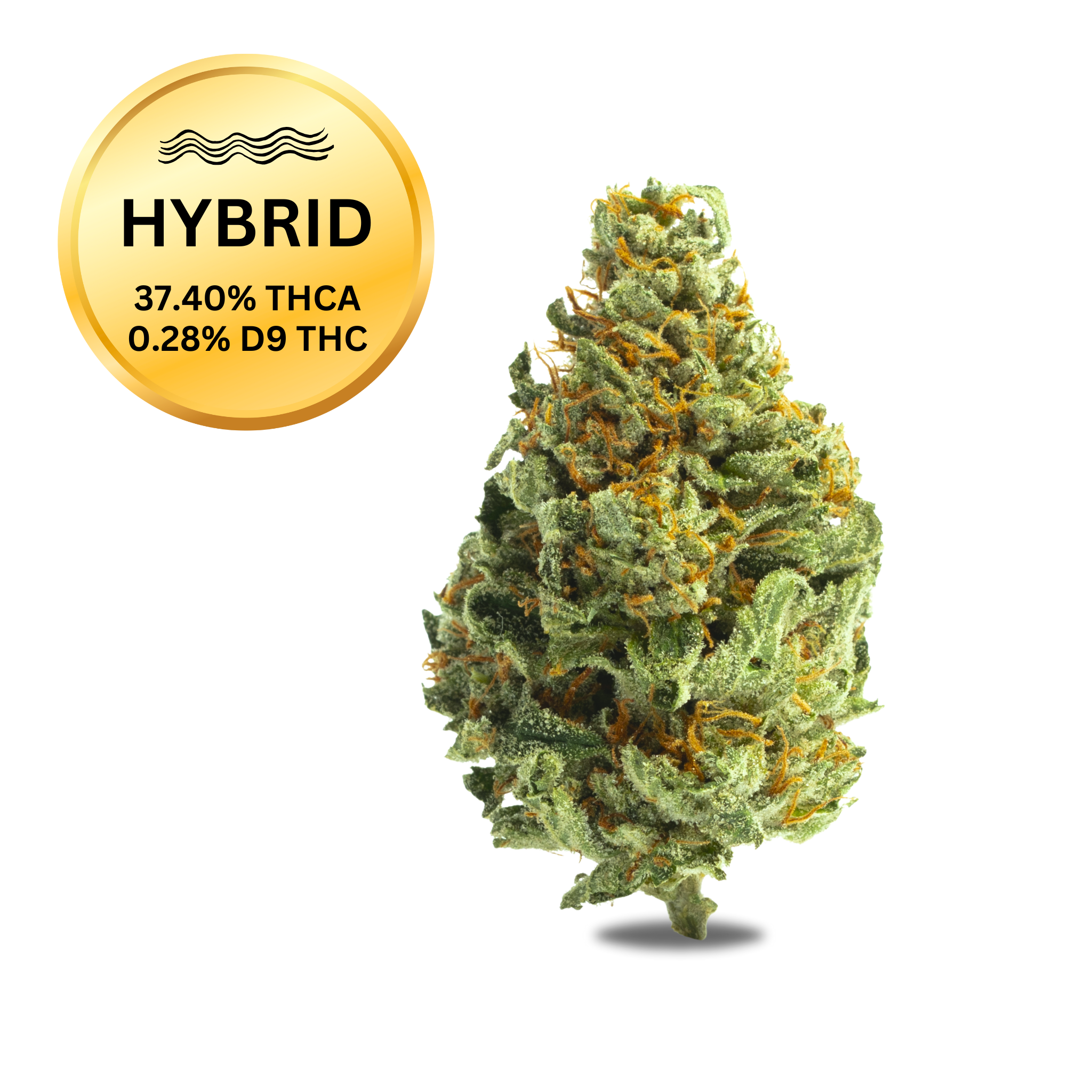
$49.99
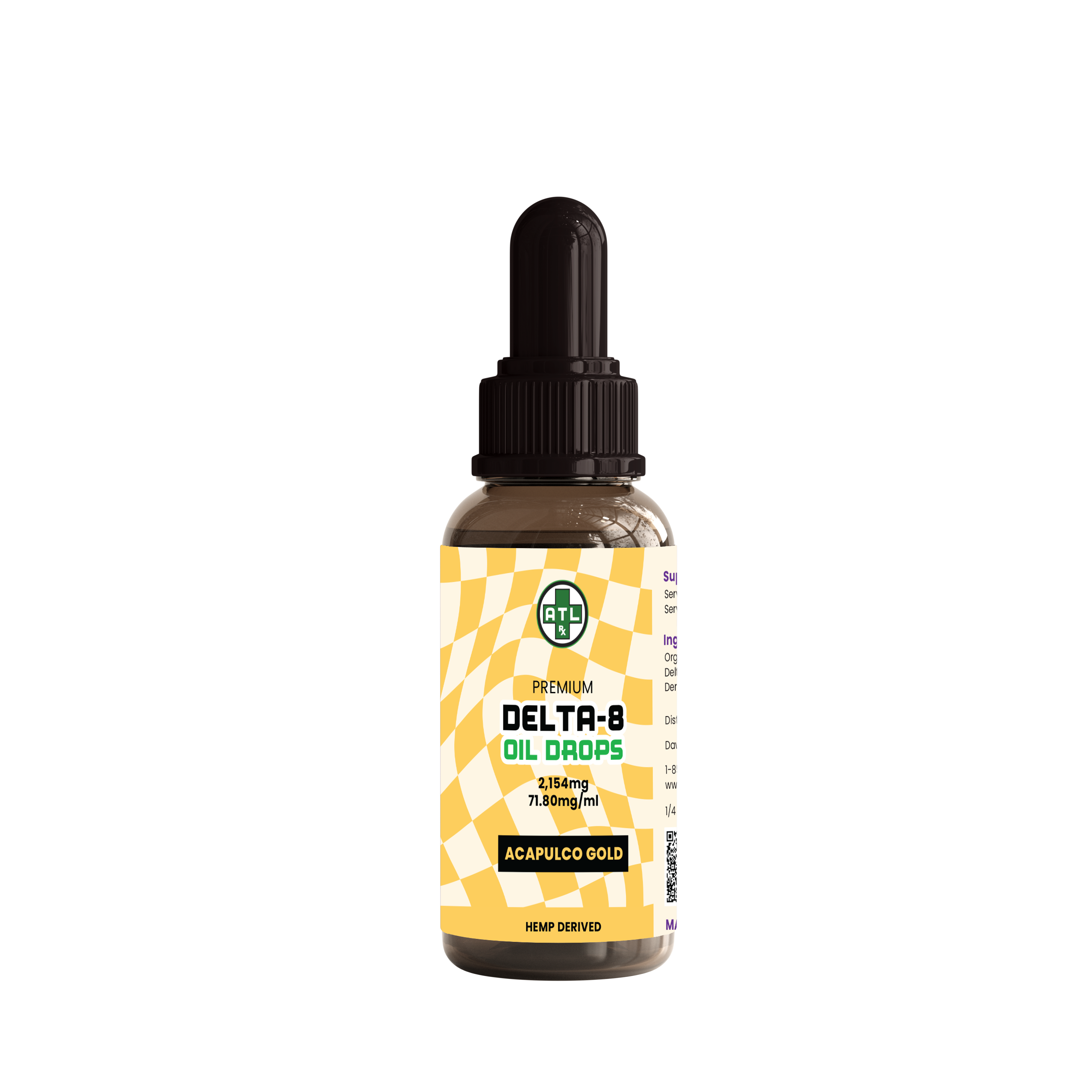
$39.99

